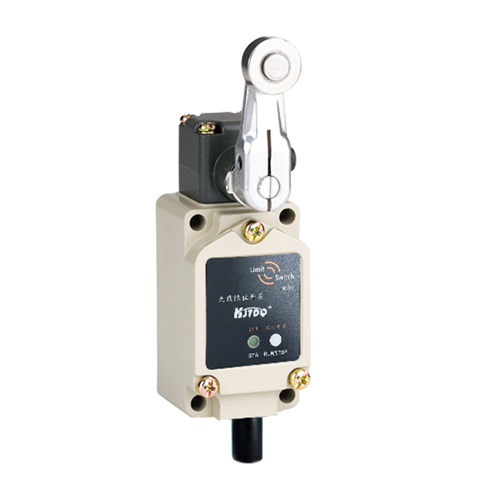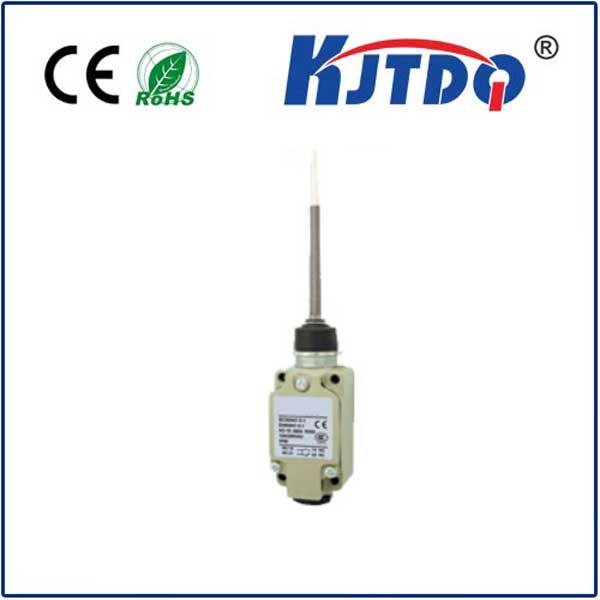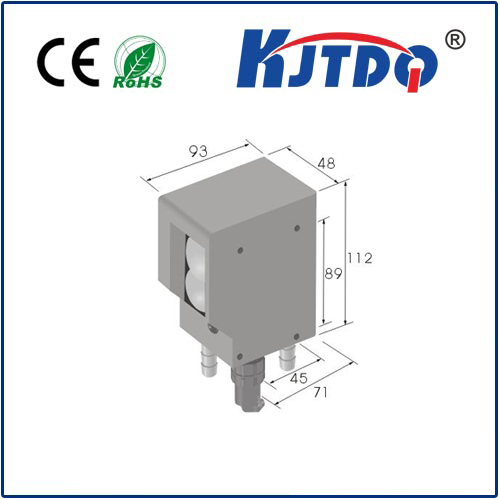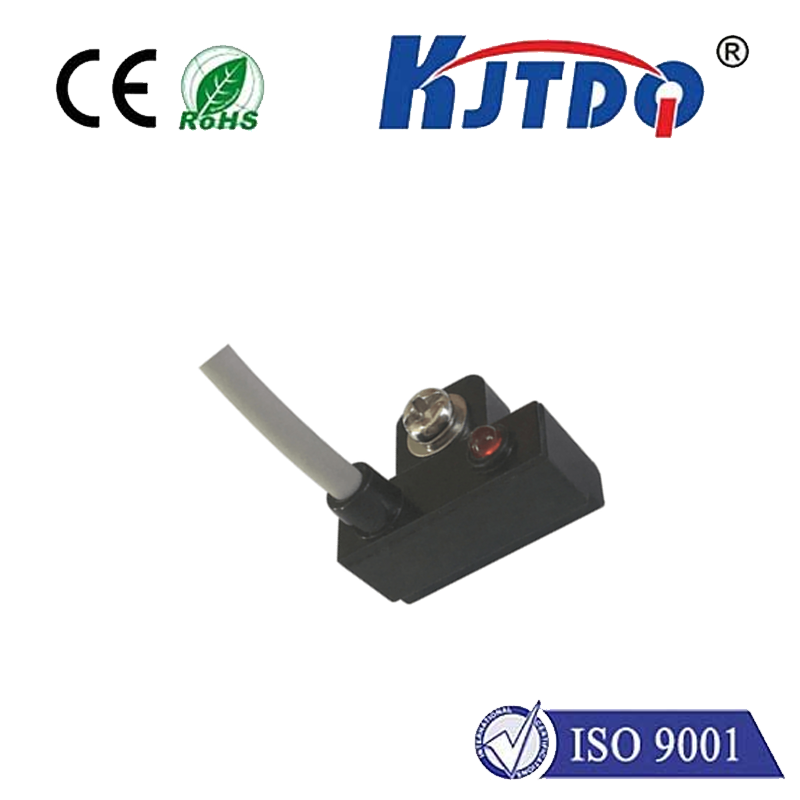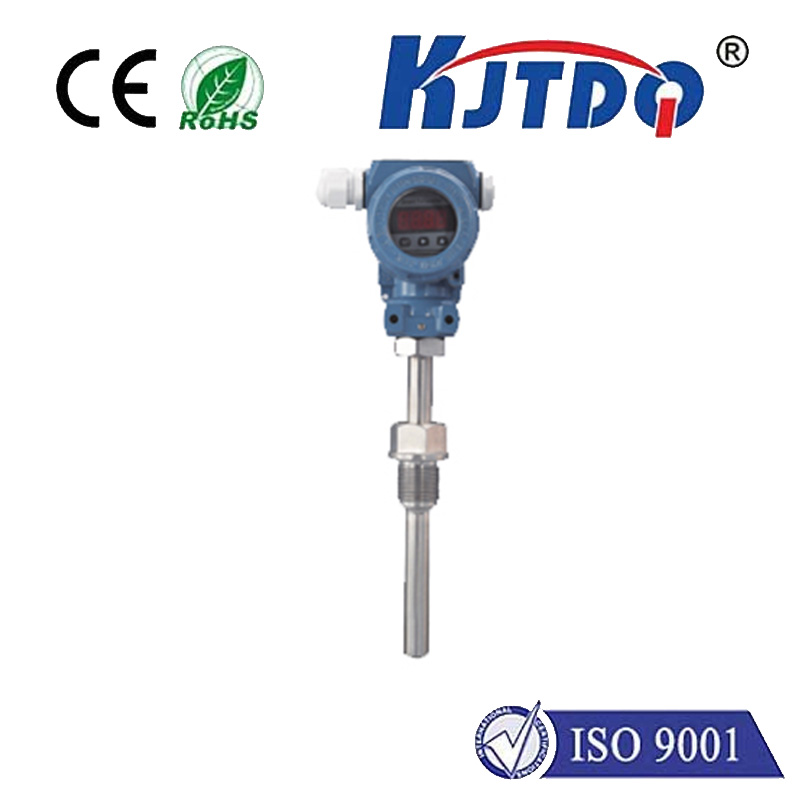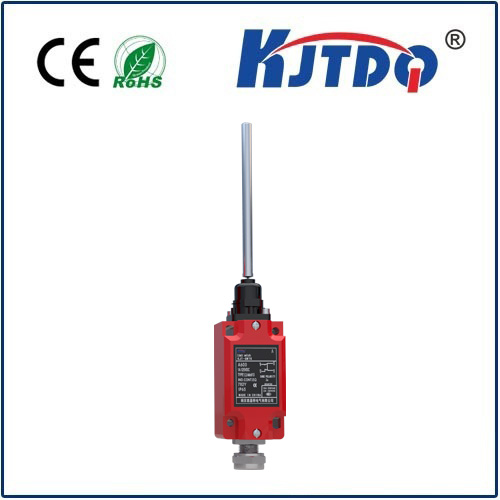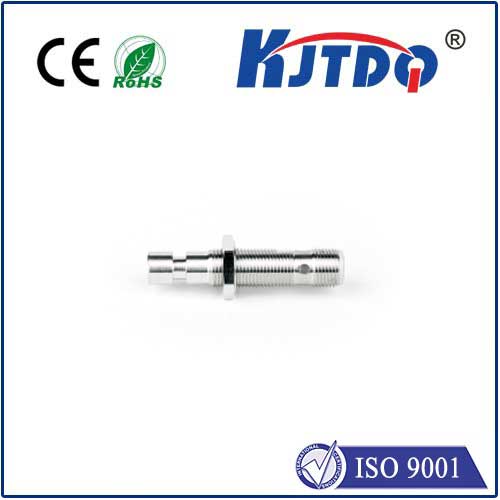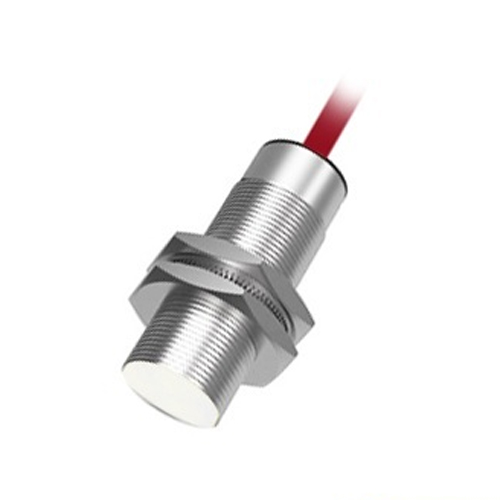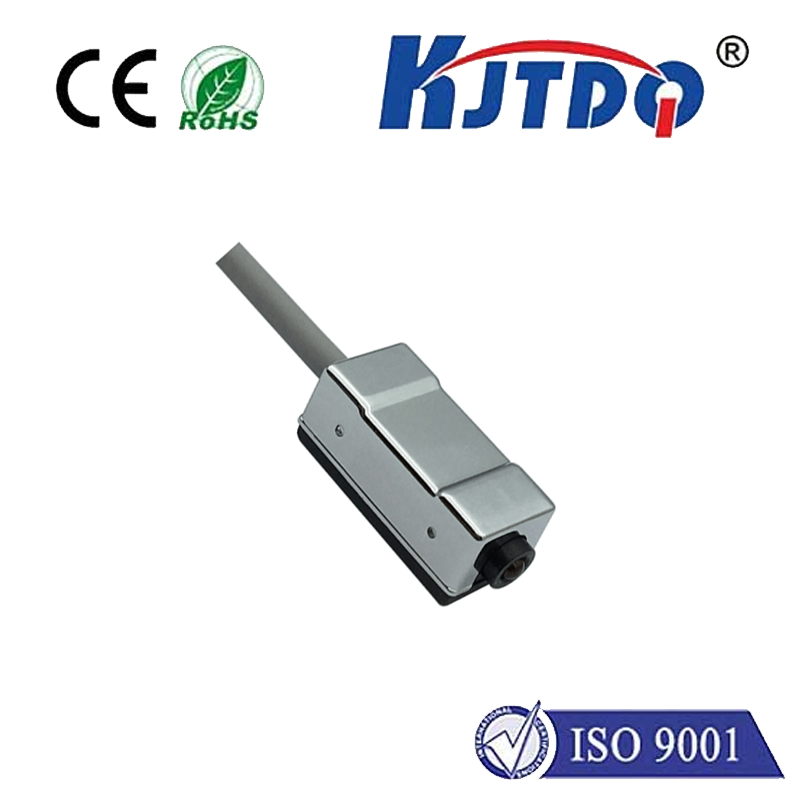

check

check

check

check
The heating, ventilation, and air conditioning (HVAC) industry is constantly evolving to meet the changing needs of consumers. One significant development in recent years has been the shift towards smart technology, including the use of programmable thermostats and other automated systems. This trend has led to a decrease in the need for manual switching in HVAC systems.
Traditionally, HVAC systems relied on manual switches to control the temperature and airflow in a building. However, with the advent of programmable thermostats, users can set their desired temperatures and create schedules for when their HVAC system should turn on or off. This not only provides greater convenience but also reduces energy consumption by preventing unnecessary usage when no one is home or when temperatures are comfortable.
Smart HVAC systems have also made it possible for users to control their heating and cooling remotely using apps on their smartphones or other mobile devices. This means that users can make adjustments to their HVAC system while away from home, without having to physically switch anything on or off.
In addition to increased convenience and energy efficiency, another benefit of eliminating manual switching in HVAC is improved safety. With automated systems, there is less risk of accidental fires caused by faulty switches or incorrect wiring. Furthermore, smart technology allows for easier maintenance and troubleshooting, as issues can often be detected and addressed before they become major problems.
Overall, the end of switching in HVAC represents a significant shift towards more efficient, convenient, and safe heating and cooling solutions. As technology continues to advance, we can expect even more innovations in this field that will further enhance our comfort and reduce our environmental impact. So, let us embrace this change and enjoy the benefits of smart HVAC systems in our homes and buildings.
